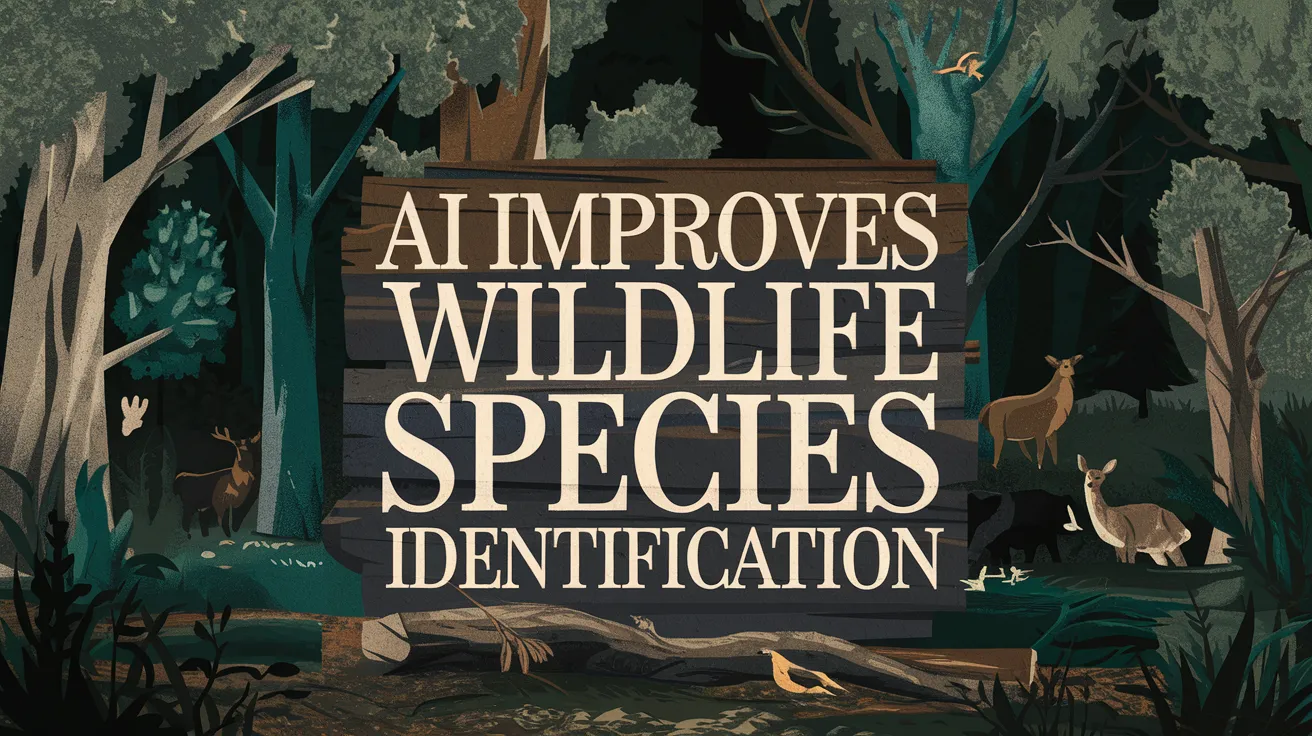AI Improves Wildlife Species Identification

Researchers at Oregon State University have made significant strides in improving artificial intelligence’s ability to identify wildlife species accurately from photographs captured by motion-activated cameras. Their innovative study introduces a less-is-more approach to AI training data, paving the way for more effective and cost-efficient wildlife image analysis.
With thousands of images recorded by trail cameras, reviewing each photo manually can be prohibitively time-consuming, and current AI models often lack the accuracy required for effective applications in wildlife research and management. Christina Aiello, a research associate at Oregon State University’s College of Agricultural Sciences, expressed the challenges: “One of the biggest problems in using AI in wildlife research is limited accuracy when we use the model to classify images at a novel location — one the model has never ‘seen’ before.”
The research, led by Owen Okuley, an undergraduate student under Aiello’s guidance, showcases that by narrowing focus to a specific species during training and incorporating images from various project-specific local environments, AI models can significantly enhance identification capabilities. This finding was based on their work identifying bighorn sheep from novel sites within regions similar to training locations.
Okuley highlighted that narrowing objectives while ensuring diverse training data opened up to nearly 90% identification accuracy using only 10,000 training images, a stark contrast to traditional models that required far larger datasets. He noted, “Fewer images mean less computing power and energy are required, benefiting the wildlife we aim to study.”
Prior collaborations and experiential learning formed the backbone of Okuley’s research, providing him with unique opportunities in animal health research and practical experience in managing camera trap data. As he prepares to transition to a Ph.D. program in ecology and environmental biology at the University of Texas at El Paso, he seeks to further harness AI by developing programs that help categorize specific traits of waterfowl, expanding his objectives beyond identifying individual species to include hybrids.
This pioneering work, supported by additional researchers from Johns Hopkins University and the California Department of Fish and Wildlife, represents a forward-thinking approach in wildlife research, integrating AI technologies in ways that enhance both the precision and execution of conservation efforts.